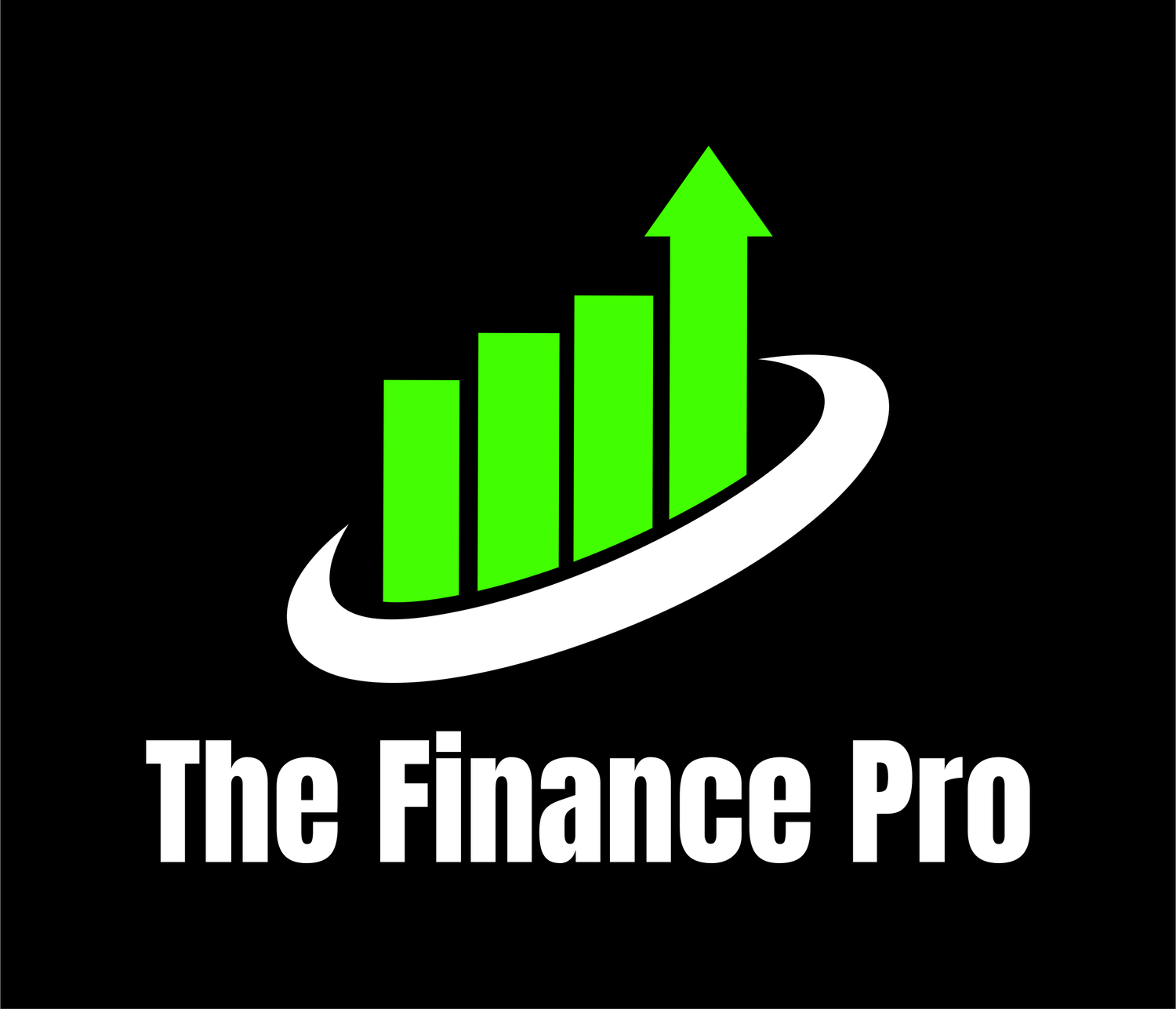1: TEN things that will strengthen your next fundraise
Fresh off another fundraising networking event this week, I couldn’t stop myself from digging a little deeper into this topic and highlighting some of the key ins and outs.
Now, you’ll see many variations of what good looks like from those that have successfully closed rounds and from speaking with many, it seemed apparent to me that their definition of success was not necessarily the process or parts of the process, but the events that had taken place following the raise, which didn’t necessarily mean that the raise process itself didn’t have flaws.
Here are the recipes for success from a CEO/CFO advisor’s standpoint:
1. Founder / CEO <> Investor relationship
If you are an early stage founder, it is critical that you are allocating time to network with potential investors and have key relationships built well before you need to fundraise. There is no one place that investors hangout, so knowing who can make the right introductions and warming investors up to your idea and vision is very important. It is also important to pick the right investors that will also be your main advisors. Starting to network early gives a founder an opportunity to open the floor to more investors.
2. Know your cost of equity
An equity raise isn’t the only way to raise capital and equity financing can be a very expensive proposition in the long run if the thrill and the PR exposure are primary driving forces. I was blown away by how common it was for companies to not have an idea of what their cost of equity is and this is one metric that you as an owner of the business need to get a solid understanding of.
3. Understand the macro economic climate
The public market bears a significant impact on the private market and the public market is heavily influenced by the macro environment. An understanding of macro economic indicators, the political environment, government policies, regulations, amongst other factors is essential and should influence the amount and timing of the raise. E.g. if VC liquidity is projected to clear up, would you rather postpone the raise than try to rush into closing a round sooner?
4. Financial Plan
All fundraises should come with a thoughtfully put together KPI driven financial model. I vehemently disagree with anybody that claims that this is not required. Early stage rounds warrant a different set of KPIs versus later stage and the complexity of the model varies with the stage that the company is at, but a financial model however detailed or small, is required. The financial plan should extend over an extended period of time and should accurately depict the company’s long term goal.
5. Well crafted pitch deck
A pitch deck is meant to communicate the essence of the business in a concise and visually rich manner. At every stage of the pitch deck building process, I find it essential to self-critique for effectiveness.
6. Key milestone markers
Investors are in the business of maximizing returns and they are looking for the company’s management to confirm measures of success along the way to achieving the ultimate goal. This is synonymous to breaking the grand goal into smaller goals. Markers give investors an idea of how their investment is performing and how they can manage their risks accordingly.
7. Articulate use of funds
Now that milestone markers are figured out, a credible use of funds slide can be crafted. I’ve seen far too many pitch decks with %ages next to “Product”, “Sales”, “Operations”, etc. This does not provide investors with any insight on how the funds are going to be used. Investors are looking for insight and action.
8. Scenarios
This is becoming more common in an environment of uncertainty being the new normal these days. Management needs to be prepared to pivot and adopt a different path should some of the key milestone markers are not met. It is also important to keep your investors apprised of changes along the way plus seek advice or approval as required.
9. Demand signals
Pressure testing your financial projection with demand signals is reassuring to investors and also gives you more leverage in negotiation. It shows that your plans were not developed in a vacuum.
10. Play the long game
Be mindful of investors that are fleecing you for equity. Giving up a lot at very early stages doesn’t leave enough skin in the game for investors that could be part of your next round or enough skin in the game for the founder/management. This is quite similar to setting yourself up for failure.

